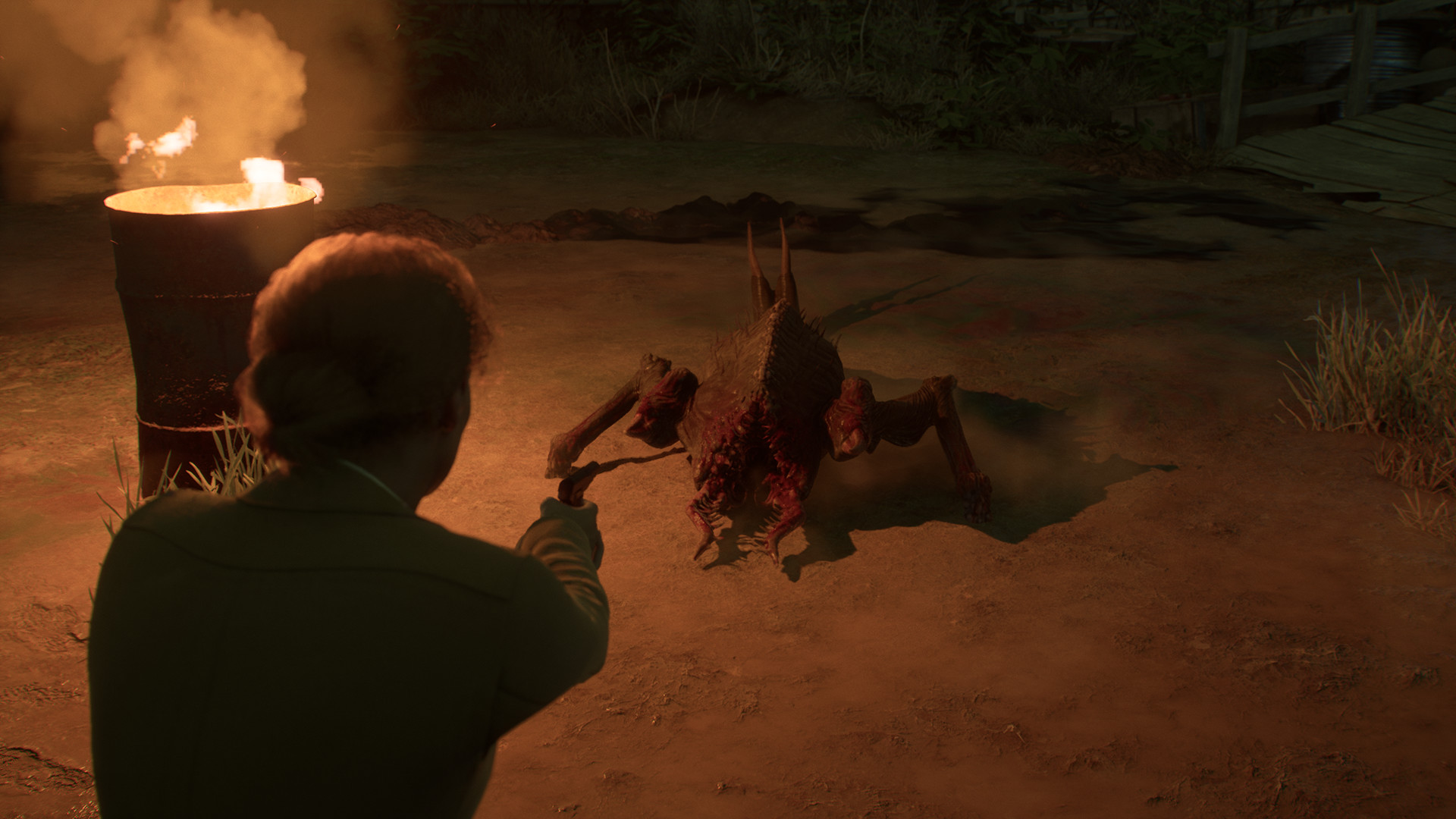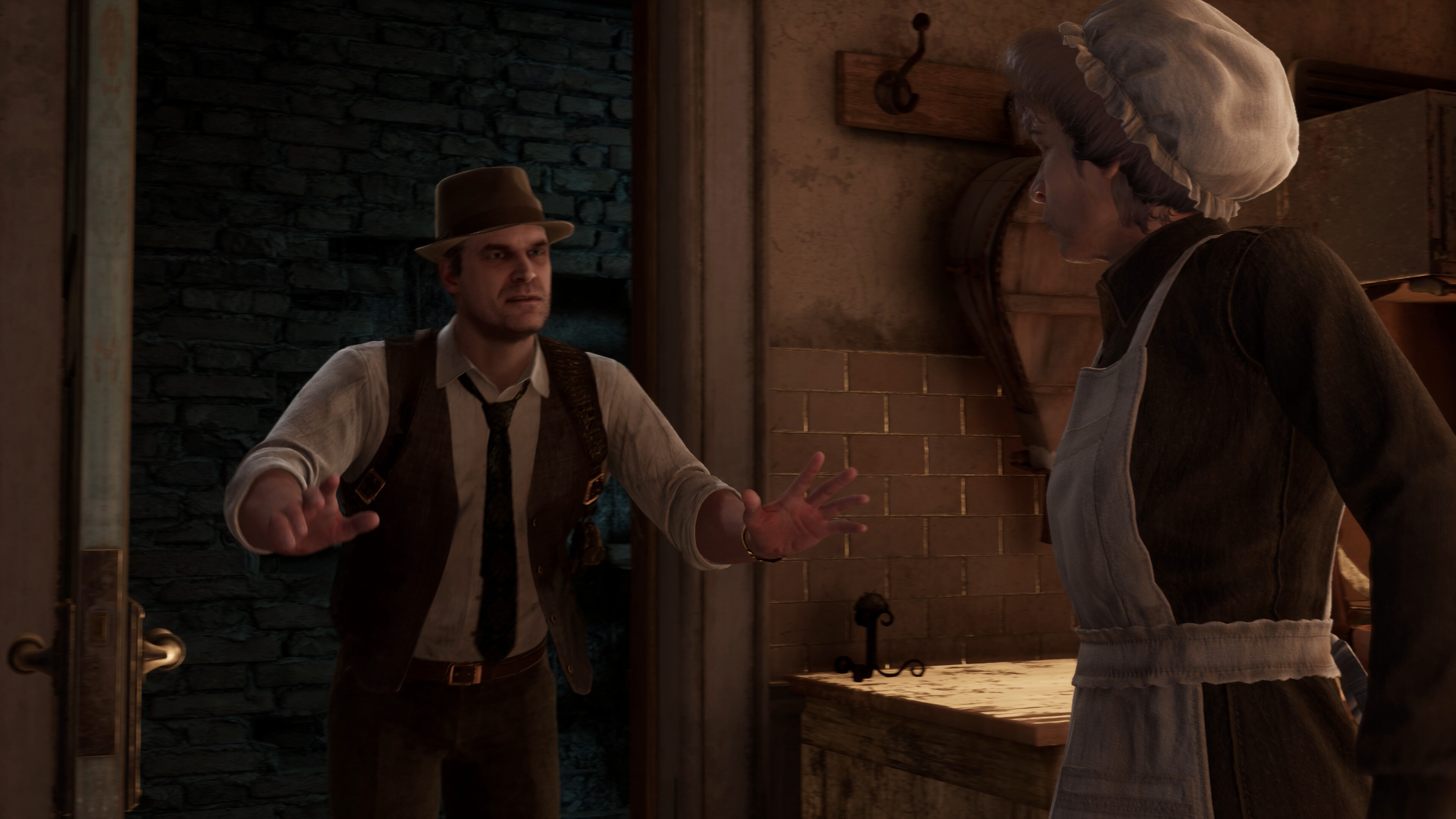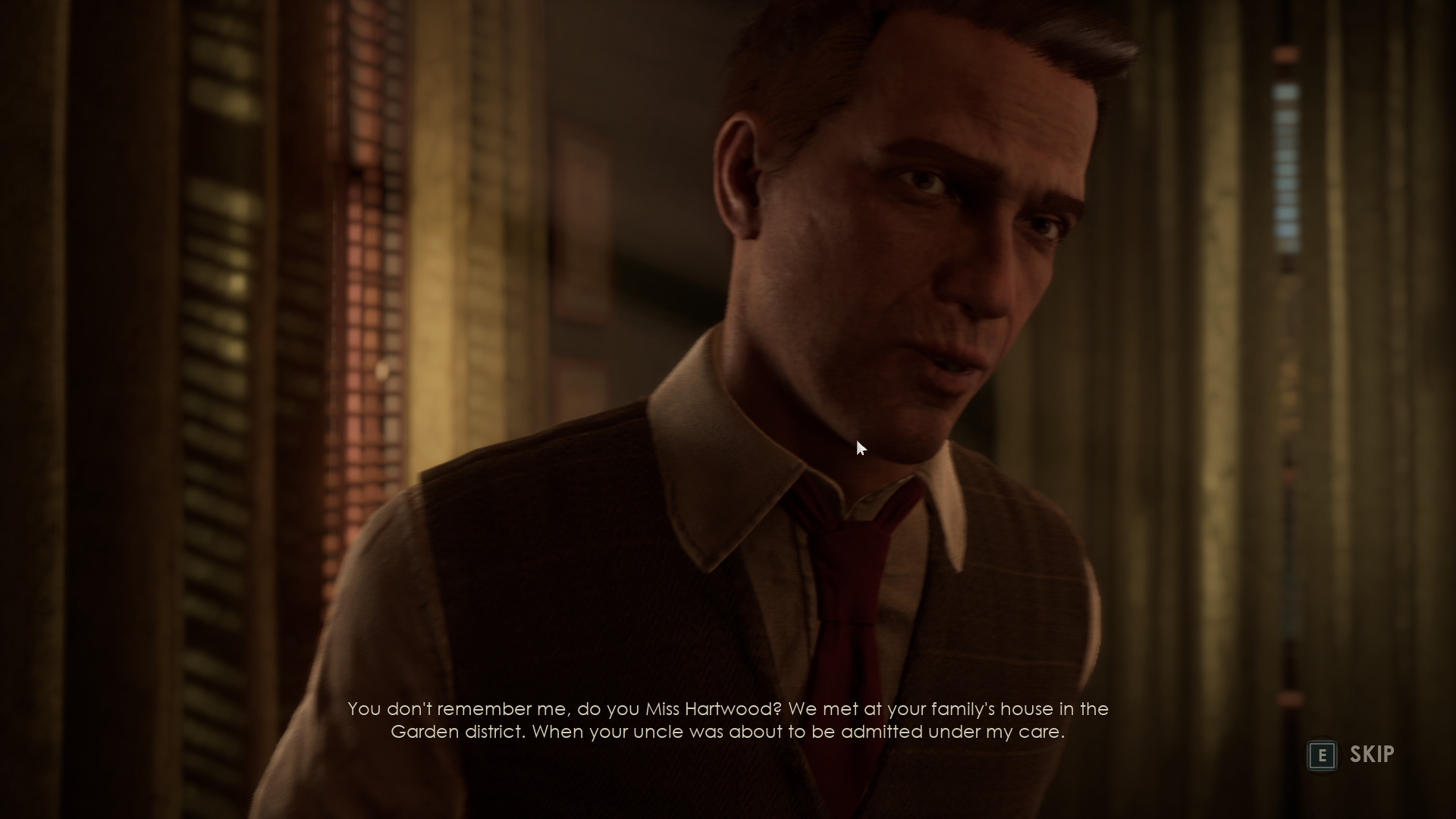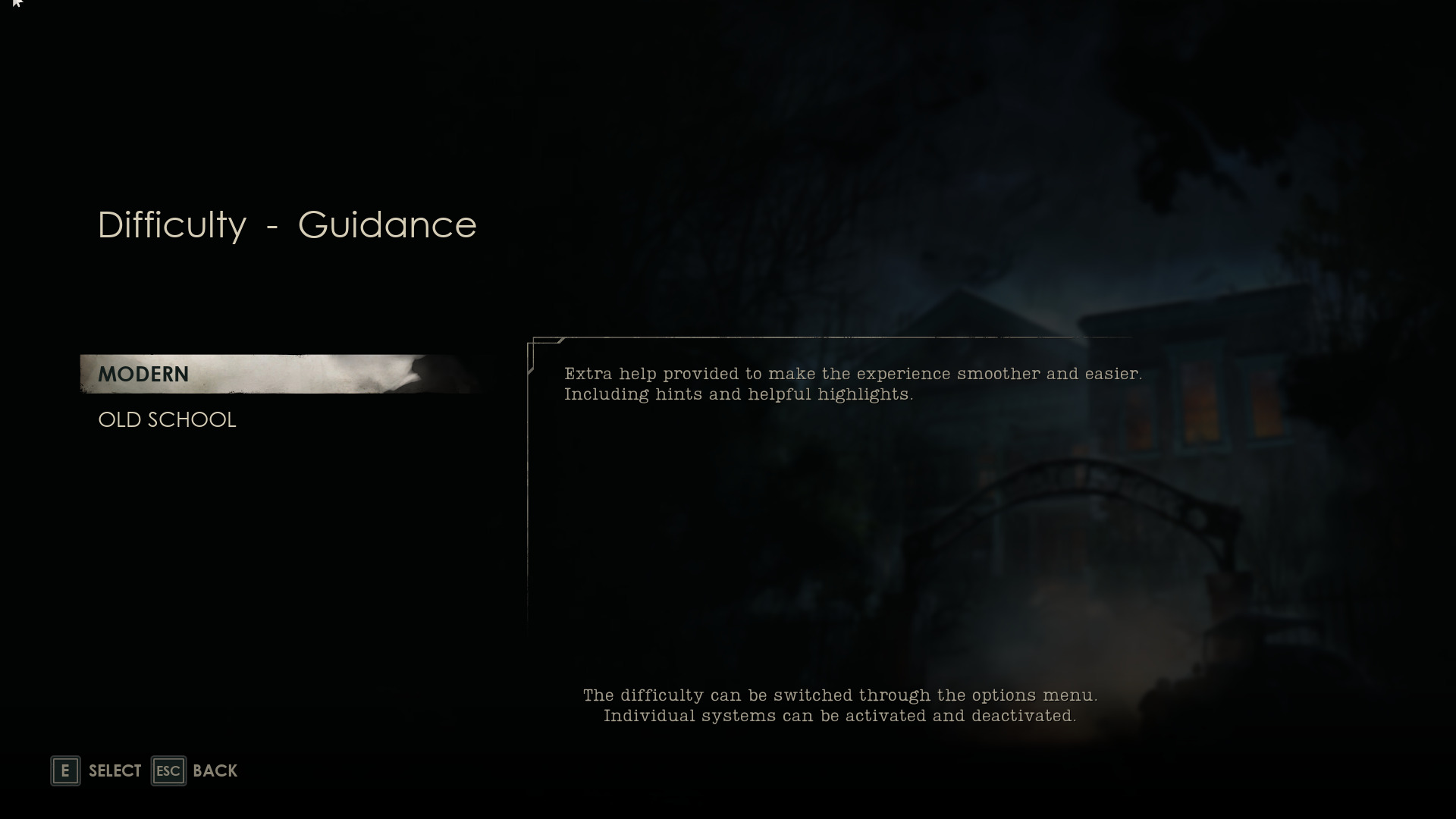Alone in the Dark review - no escape
Platform reviewed: PC
Available on: PS5, Xbox Series X|S, PC
Release date: March 20, 2024
Despite a spirited commitment to themes of cosmic horror, Alone in the Dark stumbles, hamstrung by dodgy presentation, poorly executed combat setpieces, and obtuse design.
A reincarnation of the seminal 1992 horror classic of the same name, Alone in the Dark follows the stories of Emily Hartwood and private investigator Edward Carnby as the pair investigate the mysterious disappearance of Emily’s uncle, Jeremy Hartwood. Following in the footsteps of modern horror titans, Alone in the Dark opts for a third-person over-the-shoulder perspective as you explore its bleak and foreboding environments.
Set in the 1920s, Alone in the Dark pays constant homage to the works of the influential yet problematic H.P. Lovecraft. The game's characters are locked in a fight for survival with forces beyond their comprehension, whose supernatural powers warp and undermine the protagonists’ understanding of reality. It’s when developer Pieces Interactive leans into this storytelling tradition that Alone in the Dark is at its strongest.
Traditionally, Lovecraftian fiction is all about unraveling mysteries - the answers to which offer sanity-straining revelations that pull the protagonists deeper into a horror-fuelled cosmic morass. It’s fitting, then, that puzzle-solving is the core around which the game is based. On arriving at Derceto, a hundred-year-old manor in the swamps of Louisiana, Emily and Edward immediately set to work getting to the bottom of Jeremy Hardwood’s disappearance.
Thinking your way through Alone in the Dark’s puzzles often feels rewarding
Now a sanatorium, Derceto is populated by an intriguing ensemble of outcasts, plenty of puzzles, and locked doors galore. The puzzles themselves are pleasing affairs, often requiring you to read documents, look around for environmental clues, and intuit solutions. One particularly impressive challenge early on involved opening a lockbox by cross-referencing the backs of important paintings with a poster and a mysterious journal. Some are more practical, however, like recovering an important clue from the bottom of a well by filling it with water. Thinking your way through Alone in the Dark’s puzzles often feels rewarding but, unfortunately, these setpieces struggle to shine in the shadow of numerous issues with presentation as well as dire action segments.
Muddy waters

Despite generally strong voice acting, Alone in the Dark’s characters are dogged with stilted animations and visuals. Emily and Edward look less like intrepid investigators and more like mannequins brought to life by exactly the sort of supernatural powers that the pair are trying to unearth in their investigation. Not even excellent performances by David Harbour and Jodie Comer (who play Edward and Emily, respectively) are sufficient to breathe life into their dead eyes.
Alone in the Dark often feels lopsided. The in-game documents and clues are lavish affairs, often with their own voice acting. It makes for immersive and compelling moments of investigation. However, this can’t be said for Alone in the Dark’s vocal direction overall. Protagonists will often repeat canned phrases and conversations with non-player characters are limited and stilted. During my first two hours with Alone in the Dark, Emily informed me that she needed a key over a dozen times, always in the same tone of voice and with the same, frustrated inflection. Effort noises are shamelessly repeated and begin to grate after a while, too. Even if the quality of the acting is impressive, this sort of repetition waters down proceedings, undermining the gravitas that Harbour and Comer might otherwise bring to the game.

Combing through the fascinating, well-voiced diaries and documents found throughout Derceto Manor made me feel like a proper detective as I connected dots and made deductions.
The weakest aspect of Alone in the Dark by far is its combat sections. Clunky and unresponsive controls punctuate poorly designed combat setpieces. Figures covered in black slime will run towards you, and it’ll be your job to aim and shoot before they get too close. Molotov cocktails can be thrown at potential assailants, too, and these can be found in a surprisingly large number of locations. Ranged combat options feel imprecise and unfulfilling. The same can be said for melee, which feels like trying to mash a potato with a flimsy plastic fork and is about as satisfying too. You pick up a melee implement, hammer the attack buttons, and hope for the best, much as you do at range.
It seems as though Alone in the Dark’s combat system aims to ape the dramatic, over-the-shoulder action found in the likes of the Resident Evil 4 remake or Control. However, even if Alone in the Dark were to offer reliable and satisfying combat, it would still feel hugely out of place in what is, in essence, a game about solving mysteries and unraveling a conspiracy. This incompatibility serves only to make Alone in the Dark’s failed attempts at action combat seem all the more dire.
Puzzling through

Despite all this, there is a gripping core of supernatural intrigue that runs through Alone in the Dark. As you begin to unearth more of the details surrounding Jeremy’s disappearance, you’ll be granted little motes of insight into Decerto Manor and its history. As you delve deeper, you’ll find that disparate threads begin to weave together. A name drop here or a little clue there can become invaluable later on.

Alone in the Dark is unremarkable in its accessibility offerings but offers a few helpful settings. Camera shake options, text and map highlighting, and adjustable subtitles are all available. The game also provides two difficulty settings, one of which provides players with extra hints and clues. There are no dedicated settings for colorblind users.
Though Alone in the Dark’s more intriguing elements are buried deep, they are certainly present. The game encourages you to speculate and hypothesize, filling in blanks deliberately left by the developers. In many ways, this is the essence of effective horror games. At its best, Alone in the Dark lets your own imagination do the legwork, a process that’s far more gripping than any canned combat setpiece with a shadowy silhouette.
Unfortunately, Alone in the Dark is so burdened by flaws that this strength is rarely given a chance to shine. Hampering an already shaky presentation, Pieces Interactive’s offering suffers from bugs, too. For instance, it will sometimes be impossible to select certain entries in the game’s menu, and selecting an interactable object while not having the right item will bring up a glitchy silhouette of a radial selection menu.
Buried deep inside Alone in the Dark is a compelling Lovecraftian mystery. However, any prospective detective will have to wade through layers of presentational and mechanical obstacles. While Alone in the Dark will likely have something to offer long-time fans of the franchise, those looking for a fresh horror experience will almost certainly find something better elsewhere.
Looking for an alternative? Try our lists of the best horror games and the best story games.
0 comments:
Post a Comment